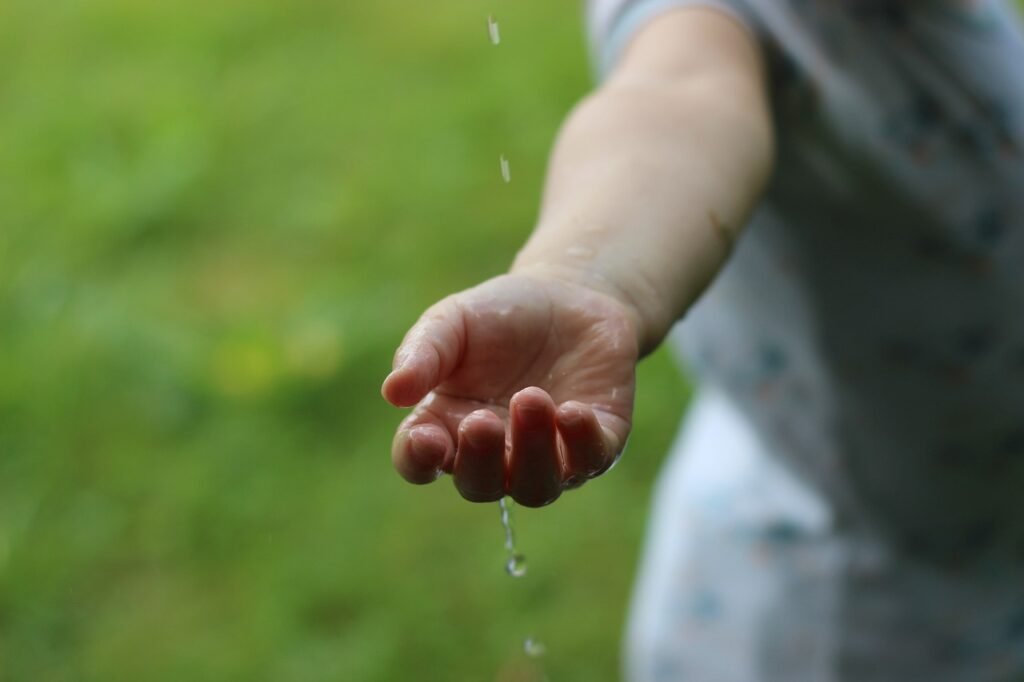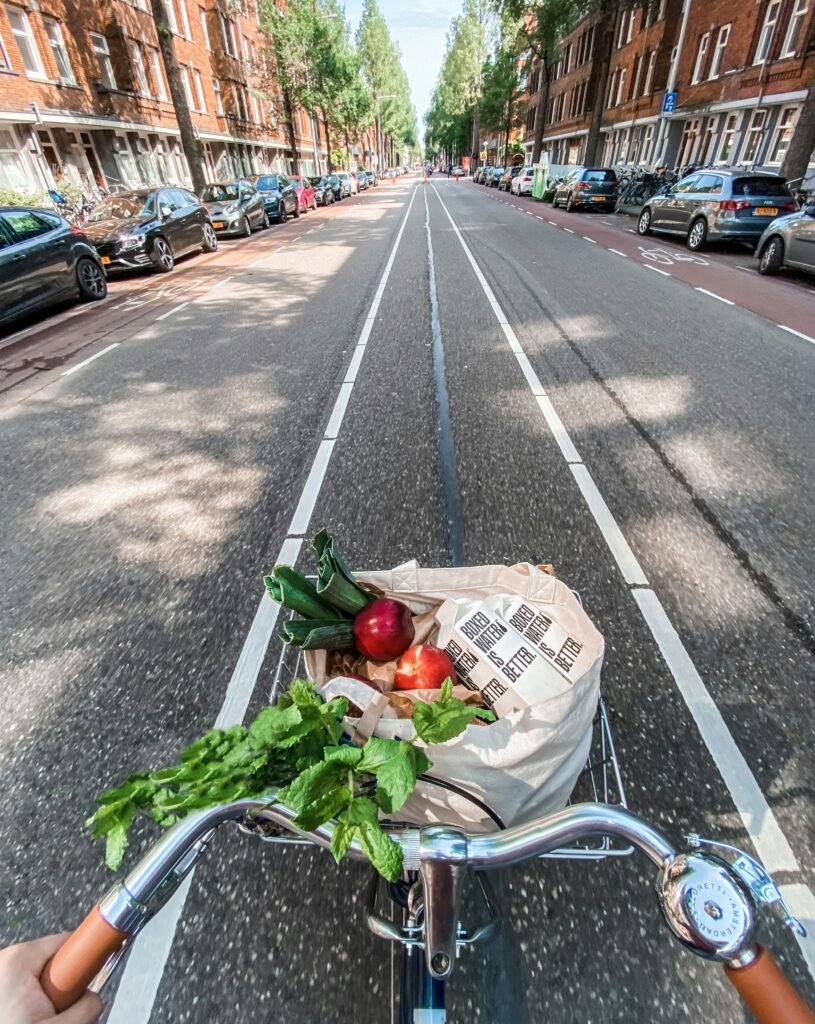Imagine a world where every tire on the road contributes to a greener future. A world where rubber, a key component of tires, is sourced sustainably, minimizing environmental impact without compromising on quality and performance. This article explores the exciting possibilities of sustainable rubber usage in tires, highlighting the innovative advancements and efforts being made towards a more eco-friendly transportation industry. Join us on this journey as we discover how sustainable rubber can pave the way for a greener and more sustainable future.

This image is property of pixabay.com.
Importance of Sustainable Rubber Usage
Reducing Environmental Impact
As the demand for rubber continues to rise, it is important to consider the environmental impact of its production and usage. Unsustainable rubber practices can lead to deforestation, biodiversity loss, carbon emissions, water consumption, and chemical pollution. By transitioning to sustainable rubber usage, we can minimize these negative effects and protect the environment.
Preserving Natural Resources
Rubber is derived from trees, and the extensive cultivation of rubber plantations can result in the depletion of natural resources, including land, water, and nutrients. By embracing sustainable rubber practices, we can preserve these valuable resources and ensure their availability for future generations.
Mitigating Climate Change
The rubber industry contributes to climate change through deforestation, which reduces the earth’s capacity to absorb carbon dioxide. Additionally, the burning and processing of rubber release greenhouse gases into the atmosphere. By adopting sustainable rubber practices, we can reduce carbon emissions and mitigate the negative impact of the industry on climate change.
Challenges in the Rubber Industry
Deforestation and Biodiversity Loss
Large-scale rubber plantations often lead to the clearing of forests, resulting in deforestation and the loss of valuable animal and plant species. This poses a significant challenge to the rubber industry, as it must find ways to meet the growing demand for rubber while minimizing its impact on biodiversity.
Carbon Emissions
The rubber industry is a significant contributor to carbon emissions due to both deforestation and the processing of rubber. The burning of rubber waste and the use of fossil fuels in the production process release greenhouse gases into the atmosphere. Addressing this challenge requires implementing sustainable practices that reduce carbon emissions throughout the rubber supply chain.
Water Consumption
Rubber cultivation requires substantial amounts of water, especially during the drying and processing stages. The excessive use of water can strain local water resources and negatively impact surrounding ecosystems. Finding ways to minimize water consumption in rubber production is crucial for achieving sustainability in the industry.
Chemical Pollution
Chemicals used in rubber production, such as fertilizers and pesticides, can contaminate soil, water sources, and ecosystems. This pollution not only harms the environment but also poses risks to human health. The rubber industry must prioritize the use of eco-friendly alternatives and implement proper waste management practices to reduce chemical pollution.
Transitioning to Sustainable Rubber
Finding Alternatives to Natural Rubber
One way to promote sustainable rubber usage is by exploring alternatives to natural rubber. Synthetic rubber, derived from petroleum, offers advantages such as reduced dependency on natural resources and increased durability. Bio-based rubber, made from renewable biomass, is another promising alternative that helps mitigate climate change. Finding and developing these alternatives can contribute to sustainable practices in the rubber industry.
Increasing Rubber Recycling
Increasing the recycling of rubber can significantly reduce waste and the need for new raw materials. Recycled rubber can be used in various industries, including road construction, carpet manufacturing, and automotive parts. Investing in research and technologies that improve the efficiency and effectiveness of rubber recycling is crucial in transitioning to a more sustainable rubber industry.
Implementing Sustainable Farming Practices
Sustainable farming practices can help minimize the environmental impact of rubber cultivation. Agroforestry systems, which integrate rubber trees with other crops or plants, promote biodiversity and reduce the reliance on chemical inputs. Biodiversity conservation efforts, such as establishing protected areas within rubber plantations, can help preserve natural habitats. Additionally, reducing chemical usage by employing organic farming techniques can further promote sustainability in rubber farming.
Exploring Alternatives to Natural Rubber
Synthetic Rubber
Synthetic rubber is a viable alternative to natural rubber, especially when it comes to reducing the industry’s reliance on natural resources. With advancements in technology, synthetic rubber can offer similar performance characteristics to natural rubber while offering greater flexibility in terms of production and customization.
Bio-based Rubber
Bio-based rubber, also known as green rubber, is made from renewable resources such as plants, algae, or agricultural waste. This alternative has the potential to significantly reduce carbon emissions and environmental impact compared to natural rubber. However, more research and development are needed to improve the production process and ensure the scalability of bio-based rubber.
Recycled Rubber
Recycling rubber products, such as tires, is an effective way to reduce waste and the demand for new raw materials. Recycled rubber can be used in a wide range of applications, including new tire production, asphalt paving, and sports surfaces. Advancements in tire recycling technologies have made it possible to recover and reuse a larger percentage of rubber, reducing the environmental impact of this industry.

This image is property of pixabay.com.
Advancements in Rubber Recycling
Tire Recycling Technologies
Tire recycling technologies have significantly advanced in recent years. Processes such as shredding, grinding, and pyrolysis are used to break down and recover valuable materials from old tires. These technologies enable the extraction of rubber, steel, and other components, which can then be used in the production of new tires or other products.
Reusing Recycled Rubber
Recycled rubber can be used in various applications, including road construction, playgrounds, and sports surfaces. The durability and resilience of rubber make it a valuable material for these applications, and using recycled rubber helps reduce the demand for virgin materials. By creating a market for recycled rubber products, we can further incentivize tire recycling and promote sustainability in the rubber industry.
Challenges and Opportunities
While advancements in rubber recycling have been promising, there are still challenges to overcome. One significant challenge is the collection and transportation of used tires, as many end up in landfills or illegal dumping sites. Additionally, the quality and consistency of recycled rubber materials need to be improved to meet industry standards. However, these challenges present opportunities for innovation and collaboration to develop more efficient and sustainable rubber recycling practices.
Sustainable Farming Practices
Agroforestry Systems
Agroforestry systems can help promote sustainability in rubber farming. By integrating rubber trees with other crops, farmers can diversify their income while minimizing the environmental impact. Interplanting with crops like coffee or cocoa provides shade for rubber trees, reduces soil erosion, and enhances biodiversity. These systems also contribute to the conservation of water and natural resources.
Biodiversity Conservation
Conserving biodiversity within rubber plantations is crucial for creating a sustainable environment. Establishing protected areas within rubber plantations can help preserve natural habitats and provide refuge for native species. Additionally, implementing sustainable land management practices, such as avoiding the use of chemical pesticides and promoting the use of natural pest control methods, can further enhance biodiversity conservation.
Reducing Chemical Usage
Chemicals used in rubber farming can have detrimental effects on the environment, human health, and the quality of rubber produced. Adopting organic farming practices, such as using natural fertilizers and pest control methods, can help reduce chemical usage in rubber cultivation. Furthermore, promoting the responsible use and safe disposal of agrochemicals can minimize the pollution risks associated with rubber farming.

This image is property of pixabay.com.
Certifications and Standards
Forest Stewardship Council (FSC)
The Forest Stewardship Council is an international non-profit organization that promotes responsible management of forests. FSC certification ensures that rubber products come from sustainably managed forests, minimizing the negative impacts of rubber production on the environment and indigenous communities.
Rainforest Alliance Certification
Rainforest Alliance certification is a globally recognized standard that assures sustainable agricultural practices and ethical treatment of workers. By obtaining this certification, rubber producers can demonstrate their commitment to environmental and social responsibility, ensuring that their products meet the highest sustainability standards.
Sustainable Agriculture Network (SAN)
The Sustainable Agriculture Network is an alliance of conservation organizations that promotes sustainable agriculture practices. The SAN certification ensures that rubber farming meets rigorous environmental, social, and economic criteria. By adhering to these standards, rubber producers can demonstrate their commitment to sustainable practices and gain consumer trust.
Collaboration and Partnerships
Public-Private Partnerships
Public-private partnerships play a crucial role in driving sustainable rubber practices. Governments, NGOs, and industry stakeholders can collaborate to develop and implement policies and initiatives that promote sustainability in the rubber industry. By working together, these partnerships can leverage their resources and expertise to address the environmental and social challenges associated with rubber production.
Industry Collaboration
Collaboration within the rubber industry is essential for driving sustainable practices. Through exchanges of knowledge, best practices, and technological advancements, industry players can collectively work towards reducing the environmental impact of rubber production and promoting sustainability. Sharing success stories and lessons learned can inspire and guide other companies in their sustainability efforts.
Engaging with Local Communities
Engaging with local communities is crucial for ensuring the sustainability of the rubber industry. By involving local stakeholders in decision-making processes and providing them with economic opportunities, the industry can contribute to local development and social well-being. Additionally, respecting the rights of indigenous communities and promoting fair trade practices can foster positive relationships and create a more sustainable rubber supply chain.

This image is property of images.unsplash.com.
Government Policies and Regulations
Encouraging Sustainable Practices
Governments can play a pivotal role in promoting sustainable rubber practices through the implementation of policies and regulations. By incentivizing sustainable production methods, providing support for research and development, and implementing financial incentives, governments can encourage the adoption of sustainability practices by rubber producers.
Promoting Research and Innovation
Investing in research and innovation is crucial for developing sustainable solutions in the rubber industry. Governments can support research initiatives focused on sustainable rubber farming practices, recycling technologies, and alternative materials. By facilitating the exchange of knowledge and funding innovative projects, governments can drive the transition to a more sustainable rubber industry.
Enforcing Environmental Standards
Governments must enforce environmental standards to ensure that rubber producers comply with sustainable practices. Regular monitoring, inspections, and penalties for non-compliance can deter unsustainable practices and promote responsible rubber production. By holding industry players accountable, governments can protect the environment and safeguard the interests of local communities.
The Road Ahead
Consumer Awareness and Demand
Consumer awareness and demand for sustainable products play a vital role in shaping the future of the rubber industry. By educating consumers about the environmental and social impacts of rubber production and providing them with sustainable options, we can drive demand for sustainable rubber products. As consumer preferences shift towards sustainability, companies will be incentivized to adopt sustainable practices and offer environmentally-friendly alternatives.
Investment in Research and Development
Investing in research and development is essential for advancing sustainable practices in the rubber industry. Continued research into alternative rubber sources, improved recycling technologies, and sustainable farming practices can contribute to reducing the industry’s environmental impact. Governments, private companies, and NGOs must collaborate to fund and support these research efforts.
Creating a Circular Economy
Transitioning to a circular economy is crucial for achieving sustainability in the rubber industry. This involves designing products with recyclability in mind, promoting tire retreading and repair, and establishing effective recycling systems. By closing the loop and ensuring that rubber products are reused or recycled, we can minimize waste and create a more sustainable and resource-efficient rubber industry.
In conclusion, the importance of sustainable rubber usage cannot be understated. By reducing environmental impact, preserving natural resources, and mitigating climate change, we can work towards a greener future. The rubber industry faces challenges such as deforestation, carbon emissions, water consumption, and chemical pollution, but by transitioning to sustainable rubber practices, we can address these challenges head-on. Exploring alternatives to natural rubber, advancements in rubber recycling, and implementing sustainable farming practices are key steps in this transition. Collaboration and partnerships, government policies and regulations, and consumer demand for sustainable products will shape the road ahead. With collective efforts and a commitment to sustainability, we can create a more environmentally-friendly and socially responsible rubber industry.





